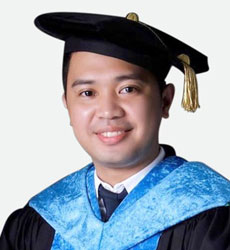Read this in The Manila Times digital edition.
LANGUAGE has always been a divisive issue in multilingual Philippines. There are close to 200 languages spoken in the country and the question has always been: Which language? In particular, which language to teach our children? Queen Isabella 2 of Spain decreed in 1868 that Filipinos should be taught Spanish, but the Spanish friars tasked to do so never did. National hero Jose Rizal studied and improved his English in London and urged his sisters to learn English. Apolinario Mabini also prescribed the study of English during the reform movement and the Philippine revolution. The American President William McKinley established English as the medium of communication in the Philippines and, in a letter of instruction dated April 7, 1900, wrote that the language is "especially important to the prosperity of the islands."
The desire to have a national language was felt during the presidency of Manuel Quezon when, in Nov. 13, 1936 through Commonwealth Act 184, the National Language Institute was established, tasked to "make a study of the Philippine dialects in general for the purpose of evolving and adopting a common national language based on one of the existing native tongues." By the following year, the institute recommended Tagalog as the basis of the Philippine national language, which President Quezon subsequently endorsed. After World War 2, specifically in 1957, the Philippines adopted vernacular education, which dictated the use of vernaculars as instructional medium in the primary Grades 1 and 2 and English thereafter.
Continue reading with one of these options:
Ad-free access
P 80 per month
(billed annually at P 960)
- Unlimited ad-free access to website articles
- Limited offer: Subscribe today and get digital edition access for free (accessible with up to 3 devices)


